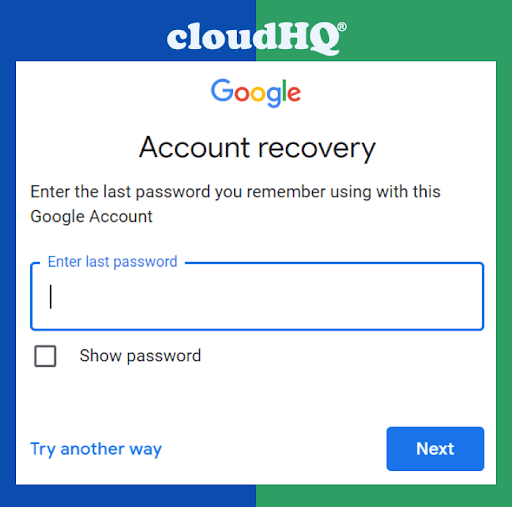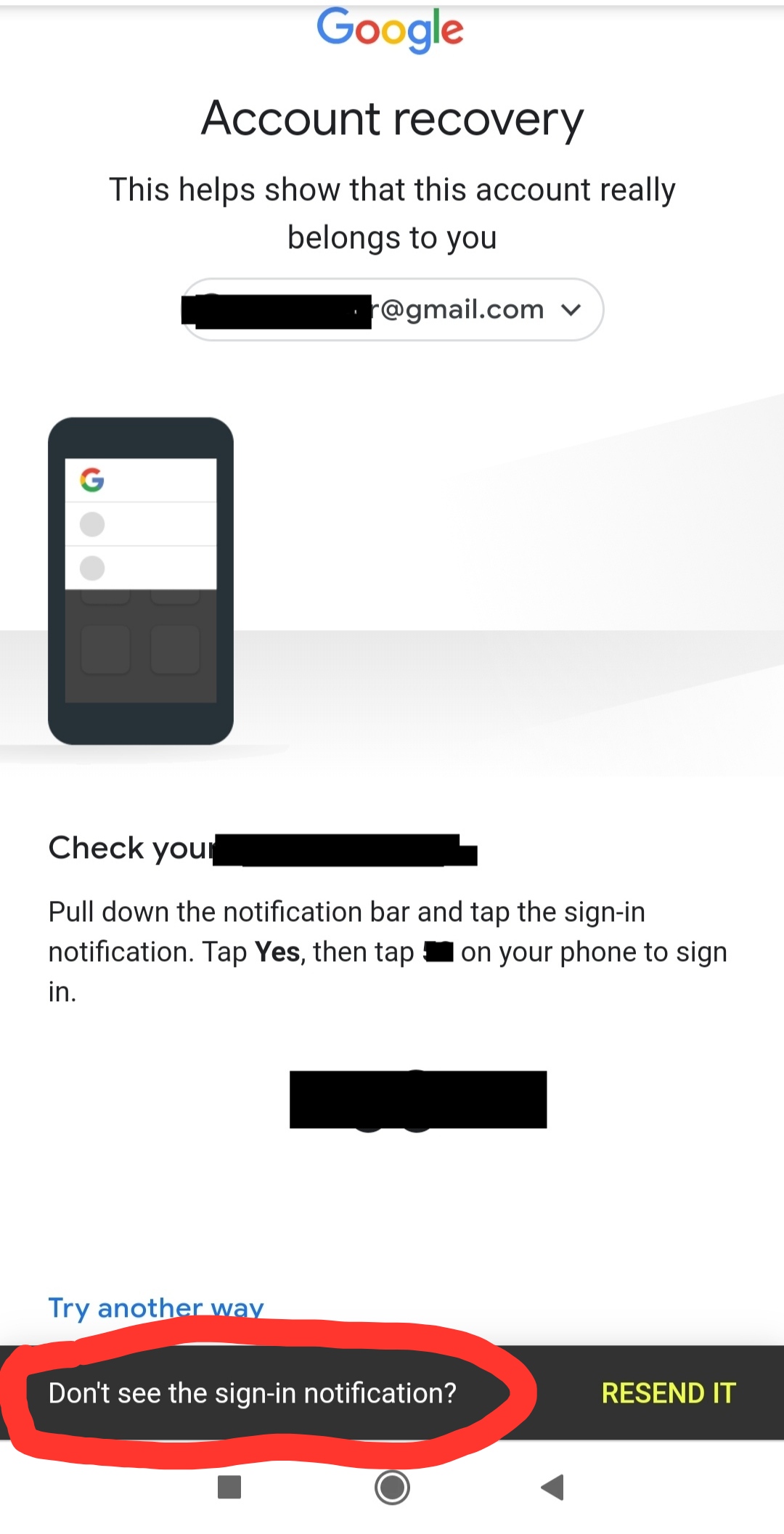Have you ever faced the frustrating situation of being locked out of your Google account? Whether it's due to forgotten passwords, unauthorized access, or other issues, regaining access to your Google account can be a daunting task. In this comprehensive guide on "accounts google com sign in recovery," we will explore various methods to recover your account and provide you with tips to prevent future issues. This guide is designed to empower you with the knowledge to manage your Google account effectively.
With millions of users relying on Google services for personal and professional use, understanding the recovery process is crucial. This article will delve into the different recovery options available, the importance of account security, and step-by-step instructions to help you regain access. By the end of this article, you will be equipped with the necessary skills to navigate the Google account recovery process confidently.
Let's begin our journey into the world of Google account recovery and ensure that you never face the frustration of being locked out again!
Table of Contents
Understanding Google Account Recovery
Google account recovery is the process of regaining access to your account when you are unable to sign in. This may occur due to various reasons such as forgotten passwords, account hacks, or unexpected lockouts. Google provides a structured recovery process that allows users to verify their identity and regain access to their accounts.
What is Google Account Recovery?
Google account recovery involves a series of steps designed to verify your identity and allow you to reset your password or restore access to your account. The process typically includes:
- Answering security questions.
- Receiving verification codes via email or SMS.
- Providing backup information if necessary.
Why Recovery is Important
Understanding the importance of Google account recovery is essential for all users. Here are a few key reasons:
- Data Security: Your Google account holds sensitive information, including emails, contacts, and documents. Recovery ensures that you can access this data whenever necessary.
- Preventing Unauthorized Access: If your account is hacked, recovery steps enable you to secure it and prevent further unauthorized access.
- Continuity of Services: Many services, including Google Drive and Google Photos, are linked to your account. Recovery ensures you don’t lose access to these critical services.
Common Reasons for Account Lockout
There are several reasons why you might find yourself locked out of your Google account:
- Forgotten Password: This is the most common reason for being unable to sign in.
- Unauthorized Access: If someone else gains access to your account, Google may lock it for security reasons.
- Account Inactivity: Accounts that have been inactive for a long period may be temporarily locked.
Steps to Recover Your Account
Now that you understand the importance of recovery, let’s look at the steps to regain access to your Google account:
Enabling Two-Factor Authentication
To enhance the security of your Google account, enabling Two-Factor Authentication (2FA) is highly recommended. Here’s how to set it up:
2FA adds an extra layer of security, requiring not only your password but also a verification code sent to your phone.
Tips for Preventing Account Lockout
Preventing account lockouts is essential for maintaining uninterrupted access to your Google services. Here are some tips:
- Use a Strong Password: Ensure your password is complex and unique.
- Update Recovery Information: Keep your recovery email and phone number up to date.
- Enable Two-Factor Authentication: As mentioned earlier, this adds significant security.
Additional Resources
If you need further assistance with Google account recovery, consider visiting the following resources:
Conclusion
In conclusion, understanding the "accounts google com sign in recovery" process is vital for every Google user. By following the steps outlined in this guide, you can easily recover your account and enhance your account security. Remember to keep your recovery information updated and consider implementing Two-Factor Authentication to safeguard your account.
We encourage you to leave a comment below if you have any questions or share this article with others who may find it helpful. Explore more articles on our site to enhance your online security knowledge!
Thank you for reading, and we hope to see you back soon!
Also Read
Article Recommendations



ncG1vNJzZmivp6x7tMHRr6CvmZynsrS71KuanqtemLyue9KtmKtlpJ64tbvKamhomZOYvLa606xkoKefnLmmecKopGarmZy7brXNZqmem5%2BrsrPFjaGrpqQ%3D